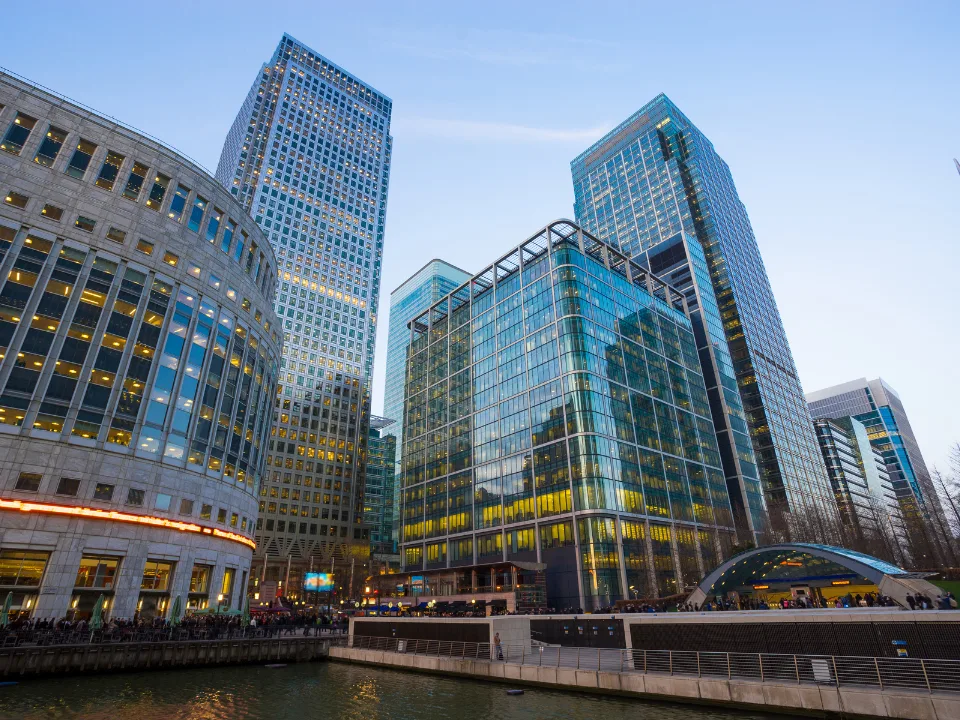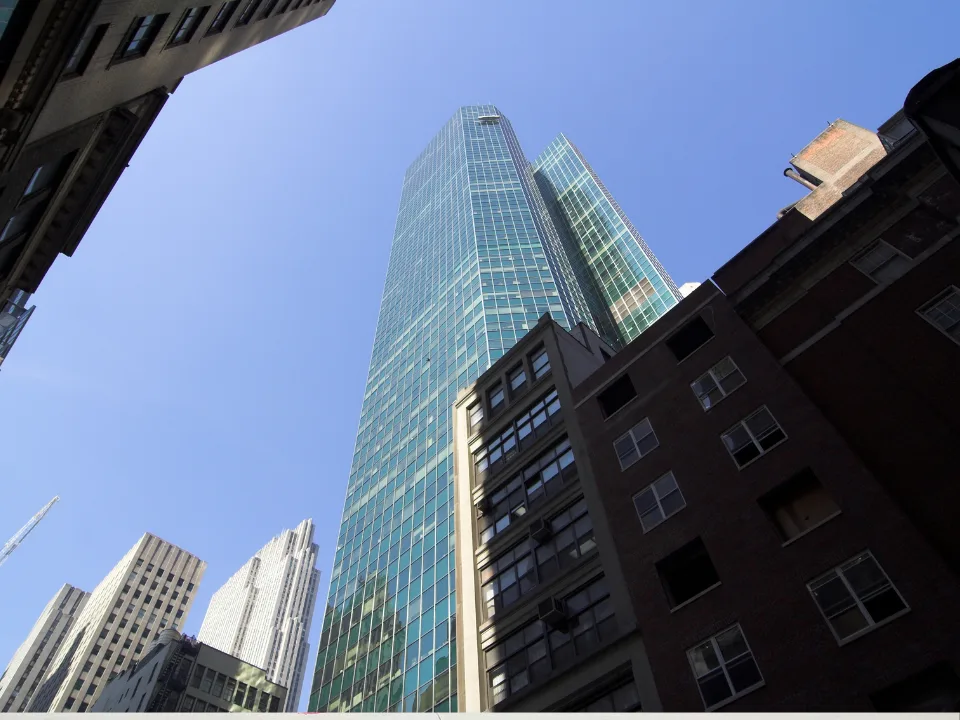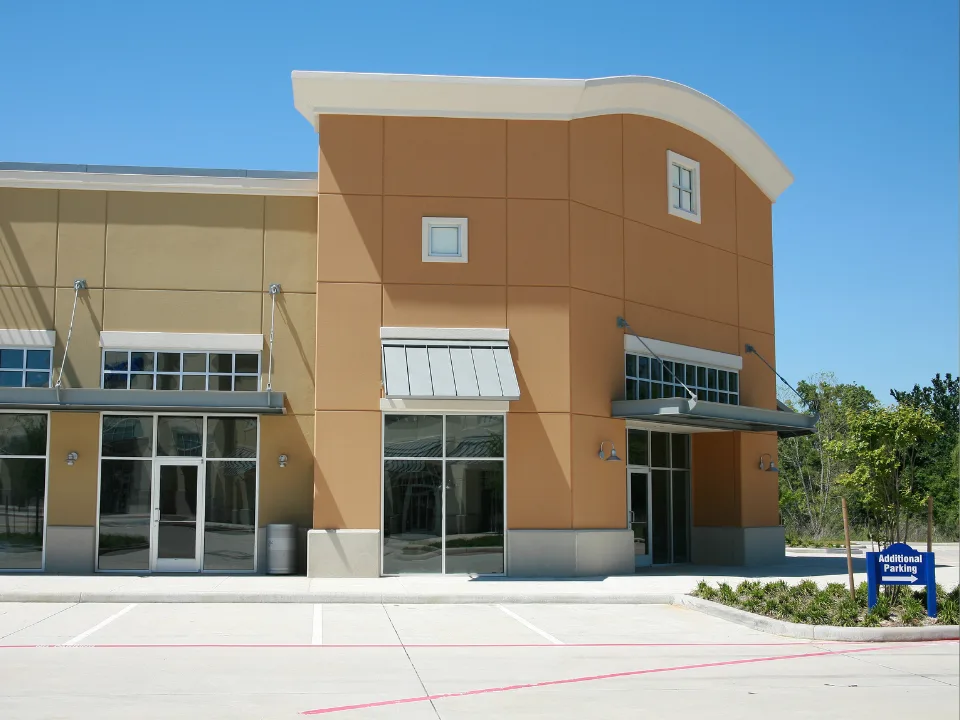- Small US markets led price growth in the first quarter of 2025, with low-priced property sales rising 2.6% quarter-over-quarter, reversing a three-quarter decline.
- Big-city office property prices continued to fall, with value-weighted office sales dropping 2.5% quarter-to-quarter and 9.2% year-over-year, although some prime markets showed improvement.
- Industrial, multifamily, and retail sectors showed mixed performances, with industrial prices slipping slightly, multifamily declining further, and retail seeing modest gains.
Commercial property price trends in early 2025 revealed a widening gap between small-market and big-market transactions, according to new figures from CoStar Group.
While properties in smaller US markets posted their first quarterly gains after nearly a year of declines, large urban office markets continued to drag down broader indices.
A Split Market
CoStar’s commercial repeat-sale value-weighted index, reflecting high-value deals in major cities, fell 0.5% from the previous quarter. In contrast, its equal-weighted index—capturing smaller deals across broader markets—rose 2.6% over the same period, continuing a recent upward monthly trend.
Office properties remained the biggest drag on the value-weighted index, falling 2.5% quarter-over-quarter and down 9.2% year-over-year. However, some positive signs emerged: prices turned positive on an annual basis in prime markets like Boston, Los Angeles, New York, San Francisco, Seattle, Washington, D.C., and Orange County.
Get Smarter about what matters in CRE
Stay ahead of trends in commercial real estate with CRE Daily – the free newsletter delivering everything you need to start your day in just 5-minutes
Small Markets Outperform
Smaller markets, measured through the equal-weighted index, saw office prices climb 1.9% quarter-over-quarter and 0.5% year-over-year. Meanwhile, industrial property prices dipped 1.1% quarterly but grew 2.9% annually. Retail properties edged up 0.3% from the prior quarter, rising 1.9% year-over-year.
The weak spot was multifamily: small-market multifamily prices fell 2.1% quarter-over-quarter, with the annual decline steepening to 4.7%.
Why It Matters
The performance gap highlights how investors are gravitating toward lower-priced, smaller-market deals amid uncertainty in high-profile urban real estate sectors, particularly offices. Though some prime city markets are stabilizing, broader office sector headwinds remain a key challenge for major metros.
What’s Next
As small-market strength persists, analysts will watch for potential revisions in multifamily sector data and signs of broader recovery—or further divergence—across property types in CoStar’s next quarterly report. Continued resilience in industrial and retail segments could shape overall market momentum into mid-2025.














